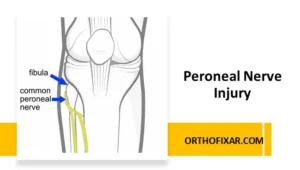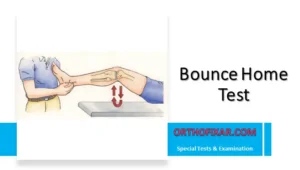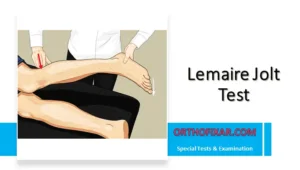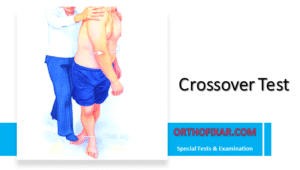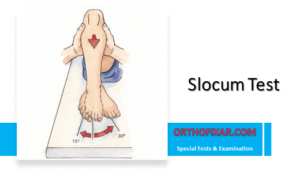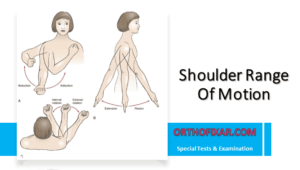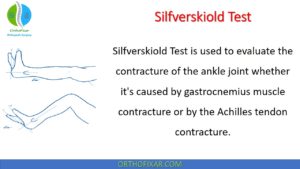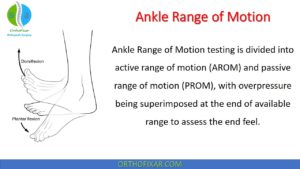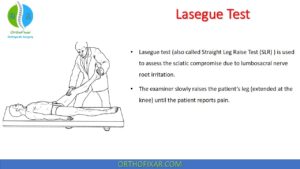Rib Spring Test

The Rib Spring Test is a manual examination technique used to assess the mobility and integrity of the costovertebral and costotransverse joints. This test helps differentiate between rib dysfunction and vertebral dysfunction by comparing movements with and without vertebral stabilization.
How to Perform the Rib Spring Test?
The patient assumes a prone position on the examination table. Proper positioning is essential for accurate assessment and patient comfort during the procedure.
The examiner stands on the opposite side of the patient from the rib being tested. For example, when examining the right ribs, the examiner positions themselves on the patient’s left side. This contralateral positioning provides optimal leverage and visualization during the examination.
The test is performed in two distinct phases:
Phase One: Unblocked Rib Spring
The examiner places their extended thumb and adjacent finger along the rib to be tested. A posteroanterior springing force is then applied to the rib. This movement creates a motion equivalent to left rotation of the thoracic spine. The examiner notes any pain response and assesses the quality and quantity of movement.

Phase Two: Blocked Vertebral Motion
The examiner uses the ulnar border of their opposite hand or thumb to stabilize the corresponding vertebra. This stabilization can be applied over either the ipsilateral transverse process or the contralateral spinous process, effectively blocking vertebral rotation. The posteroanterior springing force to the rib is then repeated.

What is the Positive Rib Spring Test?
The diagnostic value of this test lies in comparing the responses between the two phases:
Positive Test: Pain occurs during the second phase (with vertebral blocking) but not during the first phase, indicating dysfunction at the costovertebral or costotransverse joints.
Mobility Assessment: The examiner should compare the amount and quality of movement bilaterally, identifying:
- Hypomobility: Restricted or decreased movement compared to adjacent ribs
- Hypermobility: Excessive movement compared to adjacent ribs
The Rib Spring Test provides valuable information for:
- Differentiating costovertebral joint pathology from vertebral dysfunction
- Identifying mechanical dysfunction in rib articulations
- Assessing thoracic spine and rib cage mobility
- Guiding treatment planning for thoracic and rib pain complaints
When performing the Rib Spring Test, examiners should maintain consistent pressure across all tested ribs to ensure reliable comparison. The test should be performed systematically, examining multiple ribs bilaterally to identify patterns of dysfunction. Patient feedback regarding pain location and quality provides additional diagnostic information that complements the mechanical findings.
References & More
- Dutton M. Dutton’s Orthopedic Examination, Evaluation and Intervention. 4th ed. New York: McGraw-Hill Education; 2017.
- Orthopedic Physical Assessment by David J. Magee, 7th Edition.

